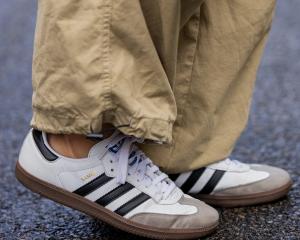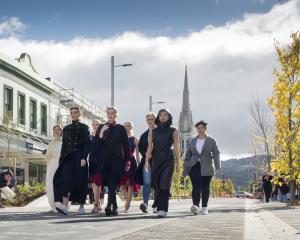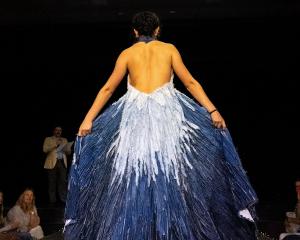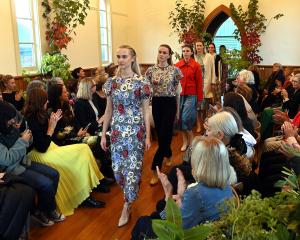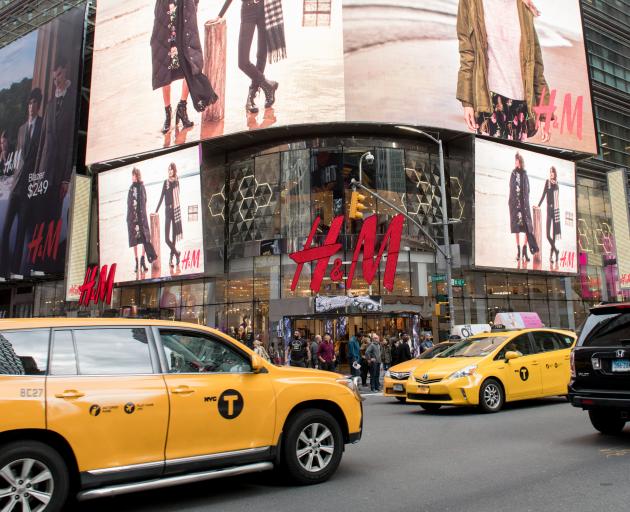
Is your favourite outfit green? Are you sure?
The textile industry is by some estimates the world's second most polluting sector, behind oil.
Some major fashion labels - including H&M and the company behind Lee, Vans, Timberland and The North Face - are trying to change that.
But they say a major challenge is the push for change is driven by companies rather than consumers or regulators meaning education about the importance of sustainable fashion is a big part of the job.
"We want to make fashion sustainable and sustainability fashionable," H&M Group's Vanessa Rothschild told a side event at the United Nations climate conference in Bonn.
Elin Larsson, from Swedish brand Filippa K, says they're slowly seeing a move to values-based consumption with customers starting to question where their garments come from.
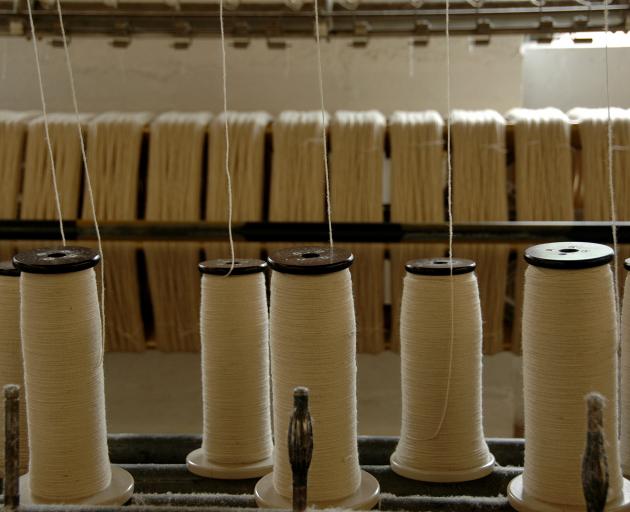
Energy efficiency and the use of renewable energy is part of the shift, but many companies are also wanting to source more sustainable fabrics and encourage better agricultural practices.
At the moment, the process to make 1kg of cotton fabric uses 3000L of water and 1kg of chemicals and produces 16kg of carbon dioxide emissions and 0.5kg of other waste.
American company VF International - the corporation behind 25 big brands - buys about 1% of the world's cotton.
Because of this, agriculture is among the central planks of its green agenda with some of its brands like Timberland looking to use only sustainably farmed cotton by 2020.
VF and H&M are also investing in innovation; their sustainability directors learned during the panel discussion that both were looking into new technology that either creates fabrics from carbon dioxide emissions or sucks CO2 out of the air.

"Can you believe that we're able to actually make products out of CO2 emissions? It's very exciting!" VF's Anna Maria Rugarli said.
Another of the speakers, Enrica Arena, has a start-up which has invented a way to turn orange peels and pith from juice factories into fabric.
Their first client was Salvatore Ferragamo and she says not a week goes by without another big brand interested in their products.
But the companies acknowledge that at the moment, acting responsibly and sustainably is expensive.
"In order to create the change we want to see, it needs to be more expensive to make the bad choices because that's not the case today," Ms Larsson said.
"We need the support from politicians ... because we cannot count on frontrunners for sustainability in business or voluntary actions to create the change."
Ms Arena said it was all very well to have a better process or the most sustainable product but if it was 20 times more expensive no one would buy it.
Alexander Meyer zum Felde, a sustainability expert with Boston Consulting Group, says the industry is beginning to move in the right direction but more needs to be done.
He also warns that fashion is a likely target of digital disruption, following major changes to the energy, automotive and chemical industries.
"Fashion will be disrupted as well soon by those companies ... who really combine social, environmental and ethical terms into their operations to produce goods that don't only sell for a good profit but are good for the planet."

